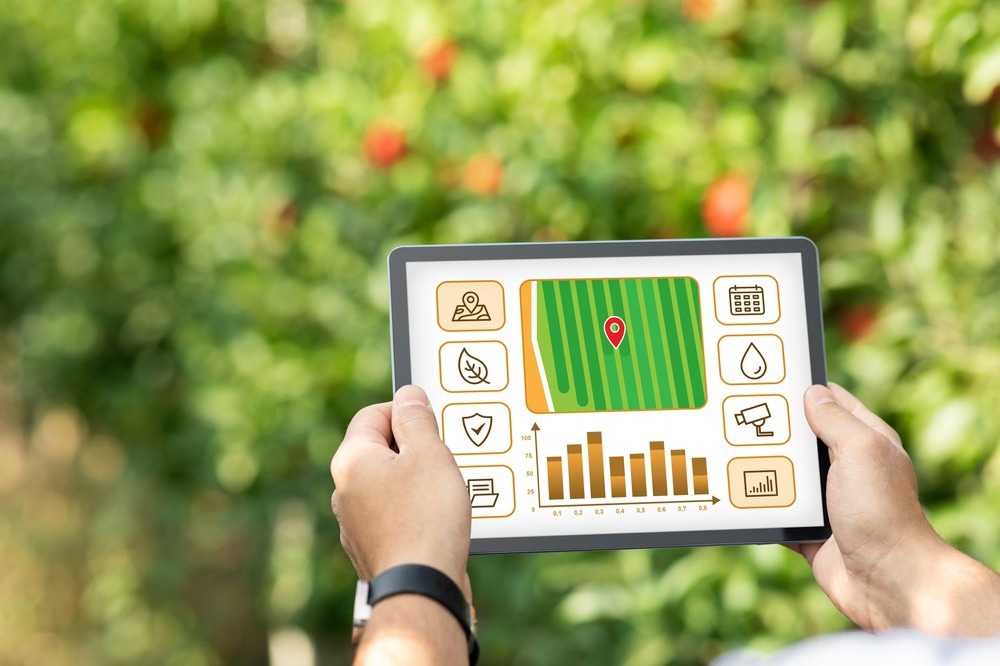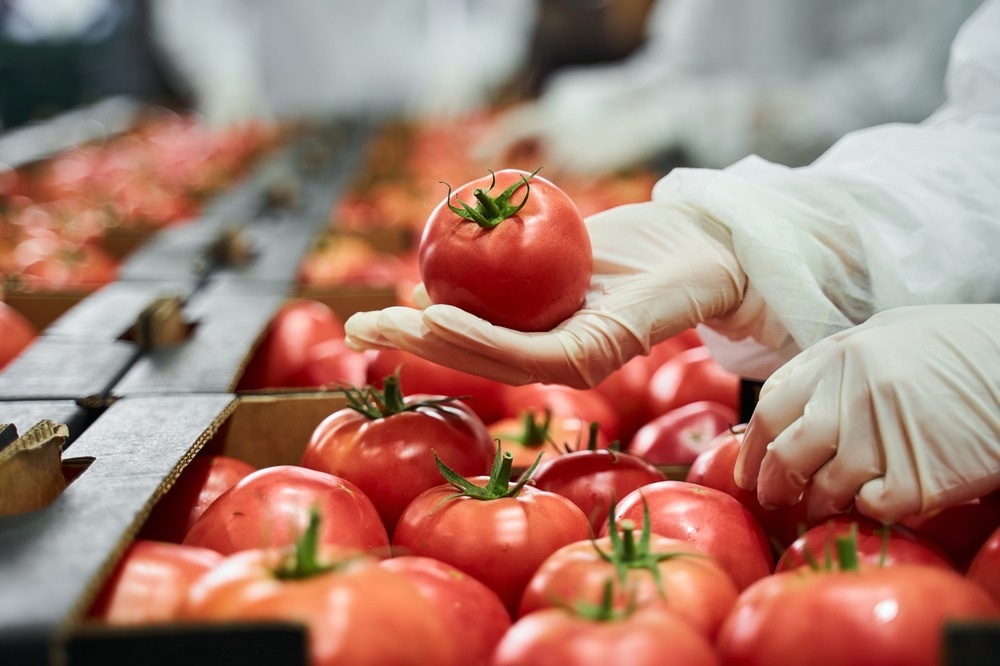As of 2019, over 10% of global annual greenhouse gas emissions can be attributed to agricultural production. Without changes in farming and food production practices, this proportion is expected to increase, and frameworks such as the climate-smart agriculture (CSA) program are an attempt to implement such changes.
Climate-Smart Agriculture (CSA): a new approach towards green and climate-resilient practices
To accommodate a growing population, food production by 2050 will need to expand by 60%. In South Asia and sub-Saharan Africa alone, populations are expected to grow by 2.4 billion over the next 3 decades, yet an average of 20% of those populations remain food-insecure. Issues of poverty and food insecurity are closely associated. Unless practices of investment for agricultural growth and development are changed, the human and financial resources to support agricultural systems will be incapable of supporting food security.
This is particularly concerning when considering changing environmental conditions, affecting developing countries the most and exacerbating existing issues of food insecurity and resource scarcity even further. To address the emerging issues of food production and poverty in the face of climate change, the Food and Agriculture Organization of the United Nations (FAO) has developed a new approach to lead agri-food systems towards green and climate-resilient practices. The strategy, called climate-smart agriculture (CSA), is an international set of goals to reach the sustainable development goals (SDGs) and the goals of the Paris Agreement.
The CSA approach informs decisions on local and global scales using the following aims; to sustainably increase agricultural productivity and incomes, adapt and build resilience to climate change, and reduce greenhouse gas emissions. The difference with other strategies is that CSA focuses on deriving locally-acceptable solutions in rural or less developed areas.
Strategies of CSA include the management of centers of agricultural production (farms, crops, aquaculture, etc.) to manage near and long-term food security and greenhouse gas emissions, management of ecosystems important for food security, and establishment of services for stakeholders to manage climate-related risks, and finally changes in food production and value chain.

Image Credit: Prostock-studio/Shutterstock.com
Including broader knowledge into finer scale elements
The first coordinated efforts from the FAO and World Bank between 2016 and 2020 have led to the funding of CSA strategies being applied in countries including Bangladesh, China, Uruguay, Nigeria, and Yemen, among others. These projects included funding and management of food-producing areas as well as the distribution of seeds and other resources. Further efforts are planned by the World Bank between 2021 and 2025.
Alongside management efforts, research efforts on the effectiveness of CSA have also been considered. In a 2014 study by Lipper et al., authors highlight differences between the CSA concepts and other existing strategies.
CSA approaches differ from other practices as it emphasizes the capacity to implement flexible, context-specific solutions supported by innovative policy and financing actions. In addition, CSA provides collaborative efforts and communication across stakeholders, policy-makers, and communities. Finally, the study concludes that CSA is particularly important for ensuring food security as it focuses on implementing sustainable agricultural strategies from farm to a global level.
Further studies consider CSA concepts' strategies, such as by Scher et al. (2012). The study considers which elements are needed to implement practical CSA approaches across 'landscapes' (large spatial scales encompassing natural and artificial systems). Authors found that integrating social, economic, and ecological processes at varying spatial scales is the key to success. For instance, institutional mechanisms such as multi-stakeholder planning, supportive landscape governance, resource tenure, spatially-targeted investment supporting climate-smart objectives, and monitoring of changes can ensure effective CSA strategies.
However, although the study highlights some successful examples of the CSA approach, other studies suggest CSA remains a promising conceptual approach to addressing food insecurity and climate change but has limited applicability due to the lack of technical scope.
Limitations, disagreements, and future implications to CSA
Mounting criticisms of CSA over the years have put into question the technical foundations, with studies arguing that CSA provides a good framework but offers little progress in food production. This was the case in a study by Taylor in 2017, who criticized the conceptual underpinnings of CSA.
The author highlights the unclear approach of CSA, which often uses broad strokes to solve complex issues, and critics highlight the depoliticized approach to food production, which results in minimizing questions concerning power, inequality, and access to resources. The vagueness of CSA has also been discussed in other studies, which describe CSA as having "no specific direction, no new science agenda, no ability to negotiate and prioritize contentious and conflicting agendas, and no compelling reason to increase or shift investment" (Neufeldt et al. 2013).
The study concludes by suggesting the use of alternative frameworks such as a 'climate-wise' framework proposed by the author, and other frameworks have also been described. This was the case in a 2014 study by Campbell et al., who compared 'sustainable intensification' (SI) to 'climate-smart agriculture' (CSA) as complementary strategies and not just alternatives.
Clearly, without a pronounced transformation of agriculture, food production will be unable to feed nine billion people by 2050. Although plans such as CSA may be a potentially promising solution and a center for investments from international institutions, the scientific community often promotes alternative, more technical frameworks. To address concerns of food production, resource inequality, and changing climate, a consensus on the best course of action across communities is needed.

Image Credit: Olena Yakobchuk/Shutterstock.com
Sources:
- Campbell, B. M., Thornton, P., Zougmoré, R., van Asten, P., & Lipper, L. (2014). Sustainable intensification: What is its role in climate-smart agriculture? Current Opinion in Environmental Sustainability, 8, 39–43. https://doi.org/10.1016/j.cosust.2014.07.002
- Climate-Smart Agriculture | Food and Agriculture Organization of the United Nations. (2022). FAO. https://www.fao.org/climate-smart-agriculture/en/
- Lipper, L., Thornton, P., Campbell, B. et al., (2014). Climate-smart agriculture for food security. Nature Climate Change, 4(12), 1068–1072. https://doi.org/10.1038/nclimate2437
- Scherr, S. J., Shames, S., & Friedman, R. (2012). From climate-smart agriculture to climate-smart landscapes. Agriculture & Food Security, 1(1). https://doi.org/10.1186/2048-7010-1-12
- Taylor, M. (2017). Climate-smart agriculture: what is it good for? The Journal of Peasant Studies, 45(1), 89–107. https://doi.org/10.1080/03066150.2017.1312355
Further Reading
Last Updated: Jun 27, 2022